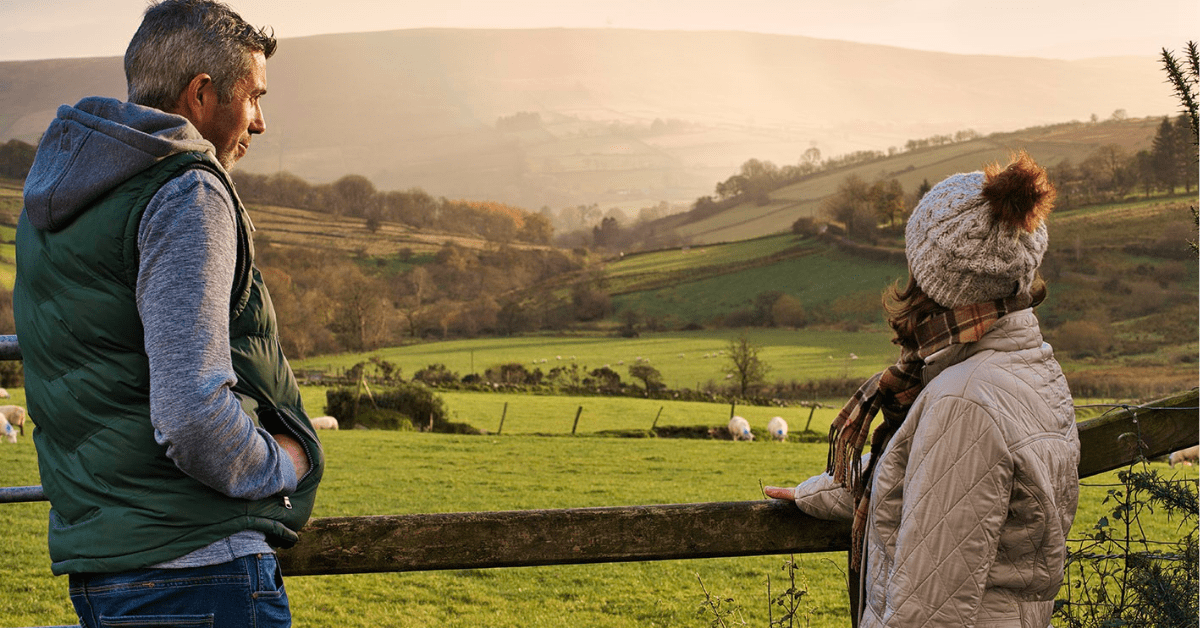Natural England
- Committee Member
- Executive Member
Key Contact
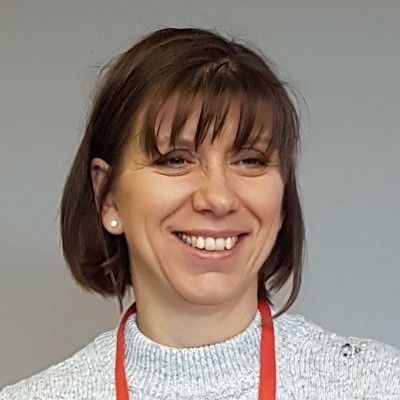
Pippa Langford
(ORN Co Chair) Principal Specialist Recreation and Access
These dedicated individuals bring a wealth of experience and passion for outdoor recreation, playing a pivotal role in overseeing the work of the ORN Secretariat and shaping the event programmes delivered by the Network. Through their collective efforts, the Committee fosters partnerships, such as the ‘Buddy Scheme,’ and creates valuable training and networking opportunities that support the growth and development of outdoor recreation across the UK and Ireland. Their work ensures that the sector continues to thrive, offering meaningful connections and resources for all involved.


Pippa Langford
(ORN Co Chair) Principal Specialist Recreation and Access

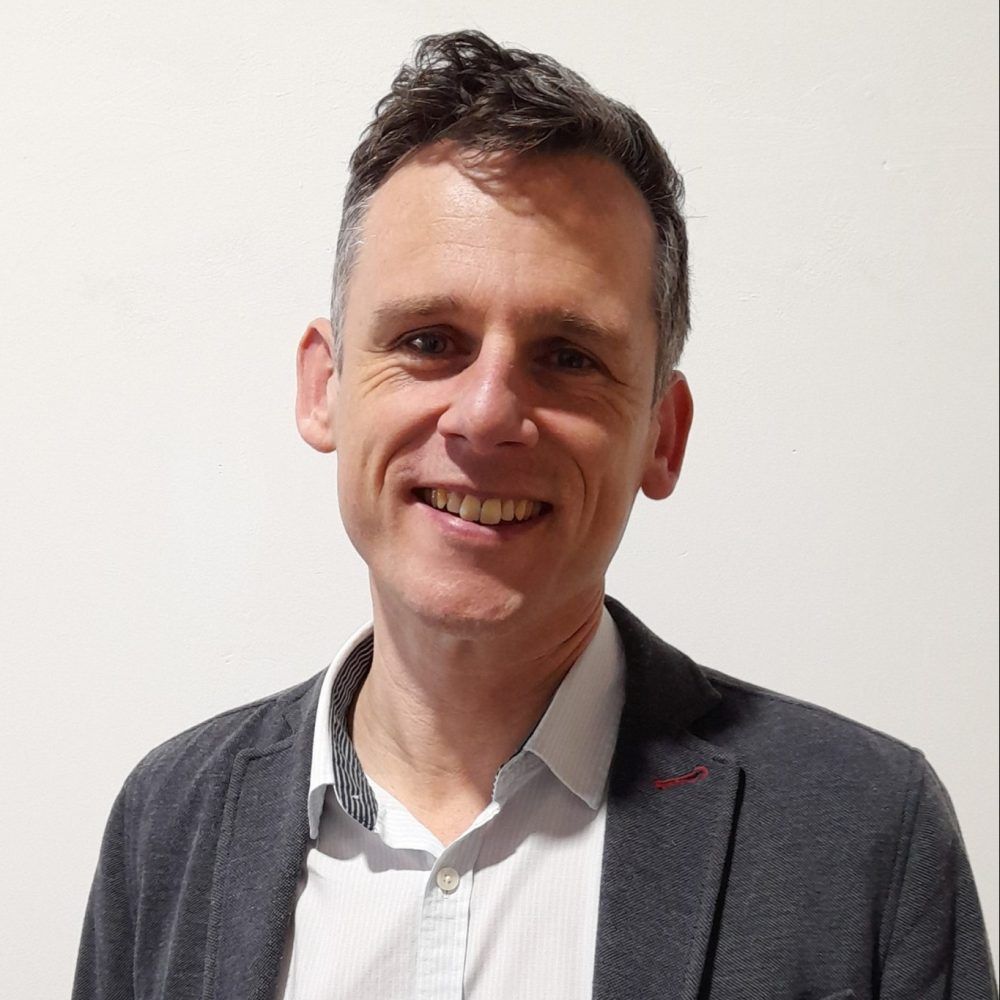
James Nevitt
(ORN Co Chair) Senior Access & Recreation Advisor (Environmental Support & Compliance Team)

Tim Russell
Recreation & Access Projects Officer

Lee Newton
Head of Consumer Operations

Fiona Murray
Visitor Partnerships Manager

Katy David
Head of Marketing & Supporter Development

Jonathan Woods
Strategic Manager
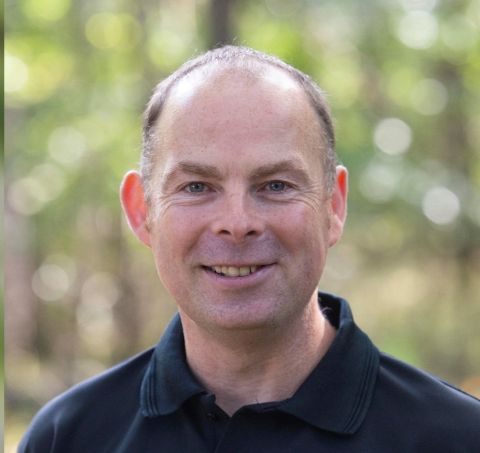
Kevin Lafferty
CEO
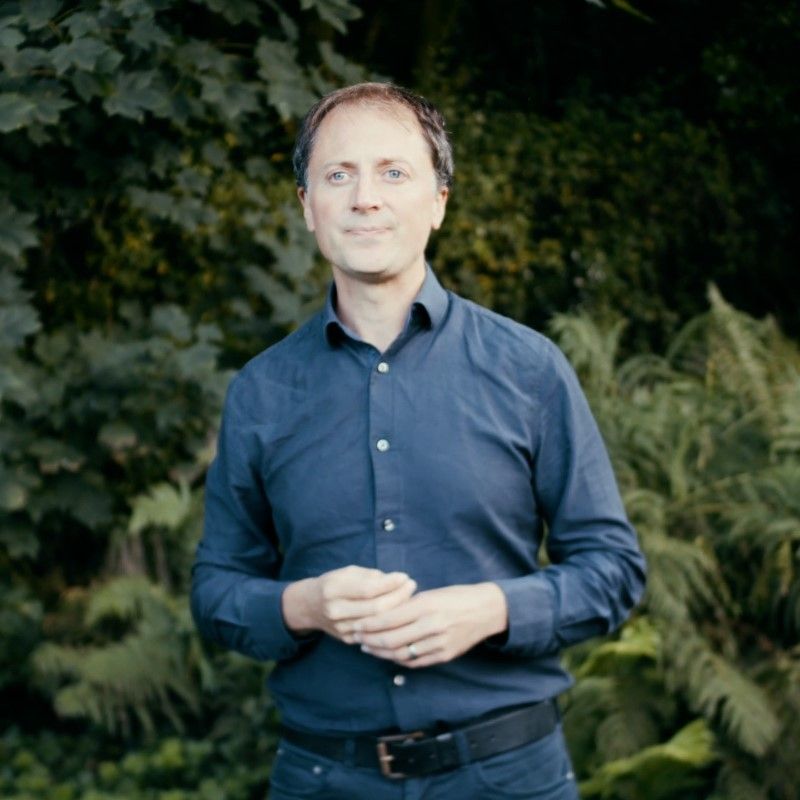
Joseph Conran
Lead Specialist Advisor
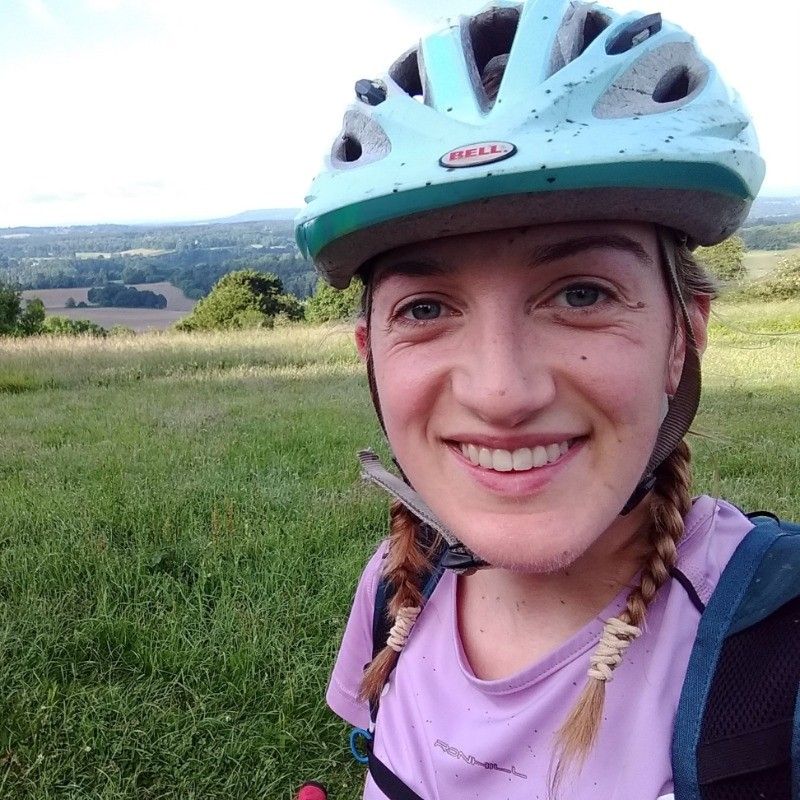
Sophie Gordon
Campaigns Manager
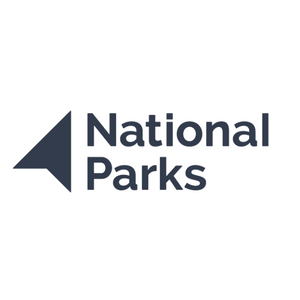

Tim Russell
Recreation & Access Projects Officer


Lee Newton
Head of Consumer Operations

Fiona Murray
Visitor Partnerships Manager
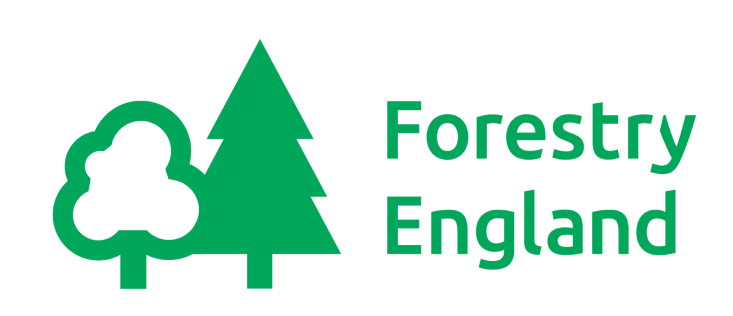

Katy David
Head of Marketing & Supporter Development
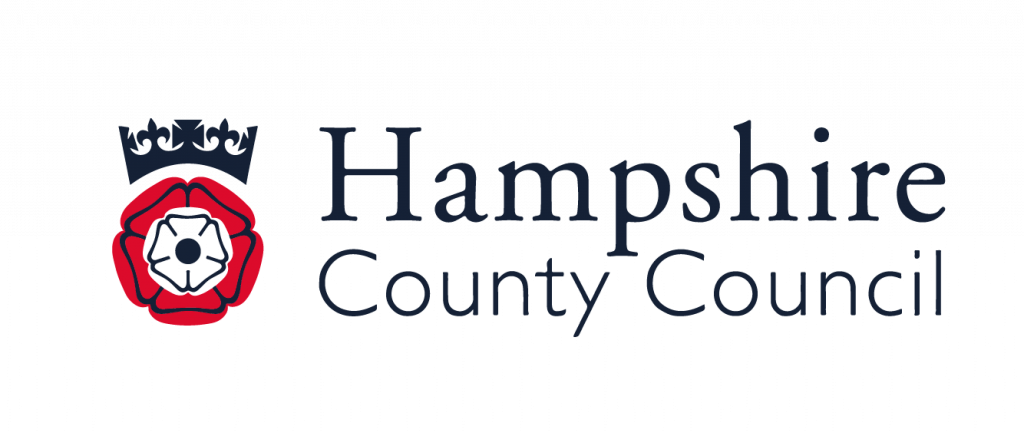

Jonathan Woods
Strategic Manager
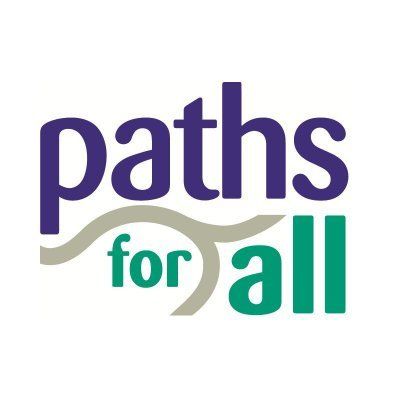

Kevin Lafferty
CEO

Joseph Conran
Lead Specialist Advisor


Sophie Gordon
Campaigns Manager
The ORN Member Buddy Scheme has been in place since 2023. As an ORN member, you’ll be paired with a member of the Executive Committee who will serve as your primary point of contact. Your “Buddy” can also connect you with other members of the network for support or advise on projects and initiatives.
